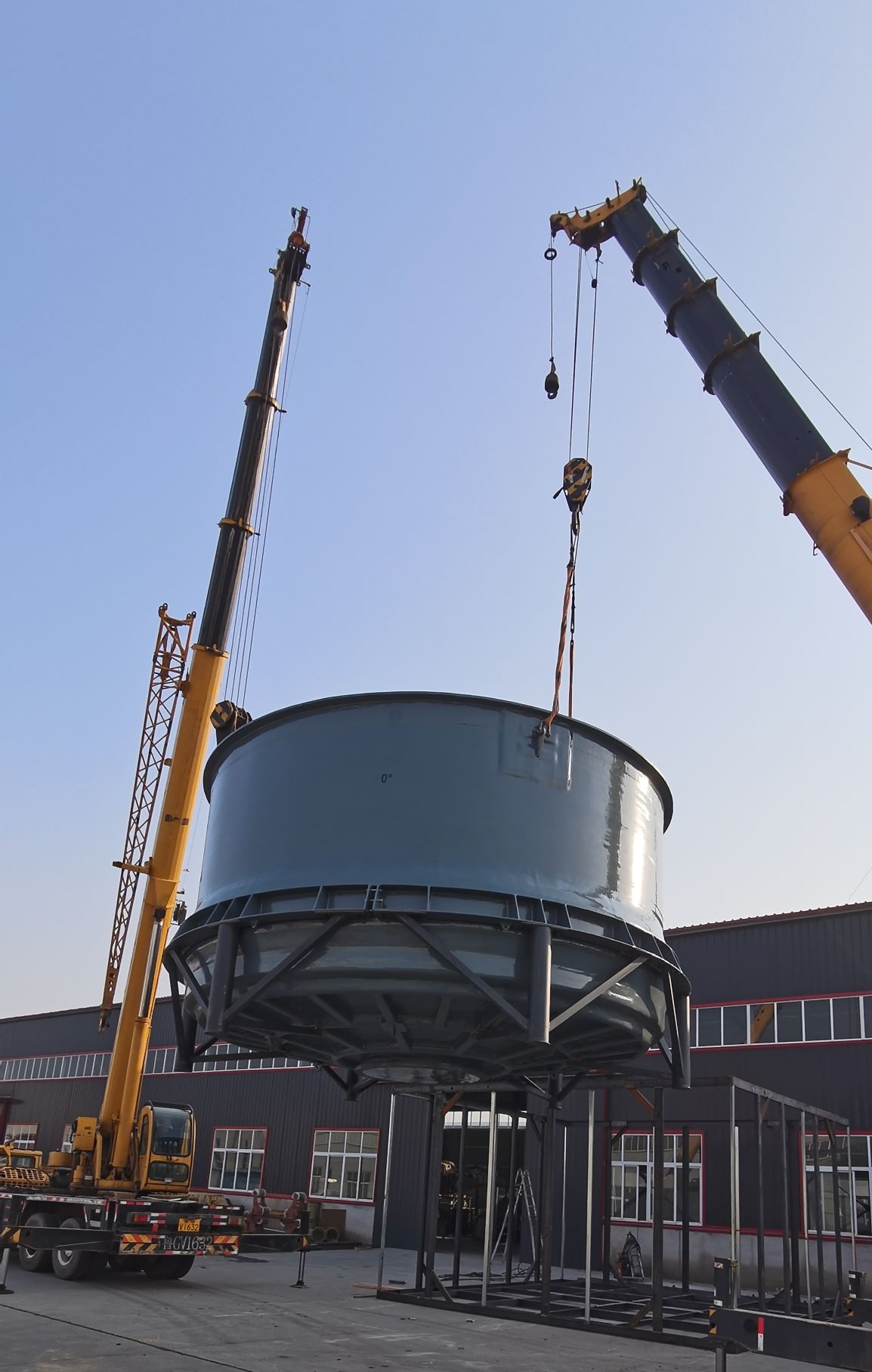
-
 Afrikaans
Afrikaans -
 Albanian
Albanian -
 Amharic
Amharic -
 Arabic
Arabic -
 Armenian
Armenian -
 Azerbaijani
Azerbaijani -
 Basque
Basque -
 Belarusian
Belarusian -
 Bengali
Bengali -
 Bosnian
Bosnian -
 Bulgarian
Bulgarian -
 Catalan
Catalan -
 Cebuano
Cebuano -
 China
China -
 China (Taiwan)
China (Taiwan) -
 Corsican
Corsican -
 Croatian
Croatian -
 Czech
Czech -
 Danish
Danish -
 Dutch
Dutch -
 English
English -
 Esperanto
Esperanto -
 Estonian
Estonian -
 Finnish
Finnish -
 French
French -
 Frisian
Frisian -
 Galician
Galician -
 Georgian
Georgian -
 German
German -
 Greek
Greek -
 Gujarati
Gujarati -
 Haitian Creole
Haitian Creole -
 hausa
hausa -
 hawaiian
hawaiian -
 Hebrew
Hebrew -
 Hindi
Hindi -
 Miao
Miao -
 Hungarian
Hungarian -
 Icelandic
Icelandic -
 igbo
igbo -
 Indonesian
Indonesian -
 irish
irish -
 Italian
Italian -
 Japanese
Japanese -
 Javanese
Javanese -
 Kannada
Kannada -
 kazakh
kazakh -
 Khmer
Khmer -
 Rwandese
Rwandese -
 Korean
Korean -
 Kurdish
Kurdish -
 Kyrgyz
Kyrgyz -
 Lao
Lao -
 Latin
Latin -
 Latvian
Latvian -
 Lithuanian
Lithuanian -
 Luxembourgish
Luxembourgish -
 Macedonian
Macedonian -
 Malgashi
Malgashi -
 Malay
Malay -
 Malayalam
Malayalam -
 Maltese
Maltese -
 Maori
Maori -
 Marathi
Marathi -
 Mongolian
Mongolian -
 Myanmar
Myanmar -
 Nepali
Nepali -
 Norwegian
Norwegian -
 Norwegian
Norwegian -
 Occitan
Occitan -
 Pashto
Pashto -
 Persian
Persian -
 Polish
Polish -
 Portuguese
Portuguese -
 Punjabi
Punjabi -
 Romanian
Romanian -
 Russian
Russian -
 Samoan
Samoan -
 Scottish Gaelic
Scottish Gaelic -
 Serbian
Serbian -
 Sesotho
Sesotho -
 Shona
Shona -
 Sindhi
Sindhi -
 Sinhala
Sinhala -
 Slovak
Slovak -
 Slovenian
Slovenian -
 Somali
Somali -
 Spanish
Spanish -
 Sundanese
Sundanese -
 Swahili
Swahili -
 Swedish
Swedish -
 Tagalog
Tagalog -
 Tajik
Tajik -
 Tamil
Tamil -
 Tatar
Tatar -
 Telugu
Telugu -
 Thai
Thai -
 Turkish
Turkish -
 Turkmen
Turkmen -
 Ukrainian
Ukrainian -
 Urdu
Urdu -
 Uighur
Uighur -
 Uzbek
Uzbek -
 Vietnamese
Vietnamese -
 Welsh
Welsh -
 Bantu
Bantu -
 Yiddish
Yiddish -
 Yoruba
Yoruba -
 Zulu
Zulu
grp demister
Understanding GRP Demisters Efficiency in Gas Separation
The industrial landscape is constantly evolving, bringing with it innovative solutions to enhance operational efficiency and meet stringent environmental regulations. One such innovation is the Glass Reinforced Plastic (GRP) demister, a vital component in various processes involving gas separation. This article delves into the working principles, applications, advantages, and maintenance of GRP demisters, shedding light on their role in modern industries.
What is a GRP Demister?
A GRP demister, commonly known as a mist eliminator or mist separator, is designed to remove fluid droplets from gas streams. It consists of structured packings made from a combination of glass fibers and thermosetting resins, which provide exceptional strength and corrosion resistance. The primary function of a GRP demister is to enhance the quality of gas outputs by capturing moisture and other particulate matter, resulting in a cleaner process gas and improving overall operational efficiency.
How Does a GRP Demister Work?
The operation of a GRP demister involves the principles of inertial impaction, coalescence, and gravitational settling. As the gas passes through the demister, droplets suspended in the gas collide with the structured packing elements. Due to the design of the packing, these droplets coalesce into larger particles that are subsequently separated from the gas stream. The larger droplets fall due to gravity, collecting in a drip tray where they can be drained or expelled.
The design of the GRP demister is critical for ensuring efficient performance. The engineered structure maximizes surface area for contact between the gas and liquid, enhancing the separation process. This ensures that the gas exiting the demister is significantly drier and meets required purity standards.
Applications of GRP Demisters
GRP demisters are widely used across various industries. One of the most notable applications is in chemical processing, where they prevent liquid carryover in reactors and distillation towers. In the oil and gas sector, demisters are crucial for separating water from natural gas, thus ensuring the integrity and efficiency of pipelines.
grp demister

Additionally, power generation facilities utilize GRP demisters in cooling towers to minimize water loss and ensure efficient operation. They are also effective in the food and beverage industry, particularly in processes that require strict hygiene and cleanliness standards, ensuring that product quality is maintained.
Advantages of GRP Demisters
The use of GRP demisters comes with numerous advantages. Firstly, their robustness against corrosion makes them ideal for harsh environments, thereby reducing replacement costs and downtime. Their lightweight nature simplifies installation and maintenance compared to traditional metal alternatives. Additionally, GRP demisters can be designed to fit various process configurations, making them versatile for different applications.
Moreover, the efficiency of GRP demisters contributes to energy savings by preventing heat loss in gas streams, leading to lower operational costs. The improved quality of gas output can also lead to better compliance with environmental regulations, reducing the risk of penalties for emissions.
Maintenance and Care
While GRP demisters are low-maintenance compared to other systems, some best practices can extend their lifespan and performance. Regular inspection for any signs of wear or damage is crucial, especially in aggressive chemical environments. Cleaning regimes should be implemented to remove any accumulated particulates or liquids that may hinder performance.
Furthermore, monitoring the operational parameters of the demister can help in identifying issues early on, allowing for timely intervention before significant downtime occurs.
Conclusion
In conclusion, GRP demisters are essential components in modern industrial applications, facilitating efficient gas separation and enhancing operational reliability. Their corrosion resistance, lightweight design, and proven efficiency make them a preferred choice for many facilities. As industries continue to seek sustainable solutions, the role of GRP demisters will only grow in importance, contributing to cleaner processes and a healthier environment. Understanding and optimizing their operation is crucial for any facility looking to enhance their productivity and environmental compliance.









